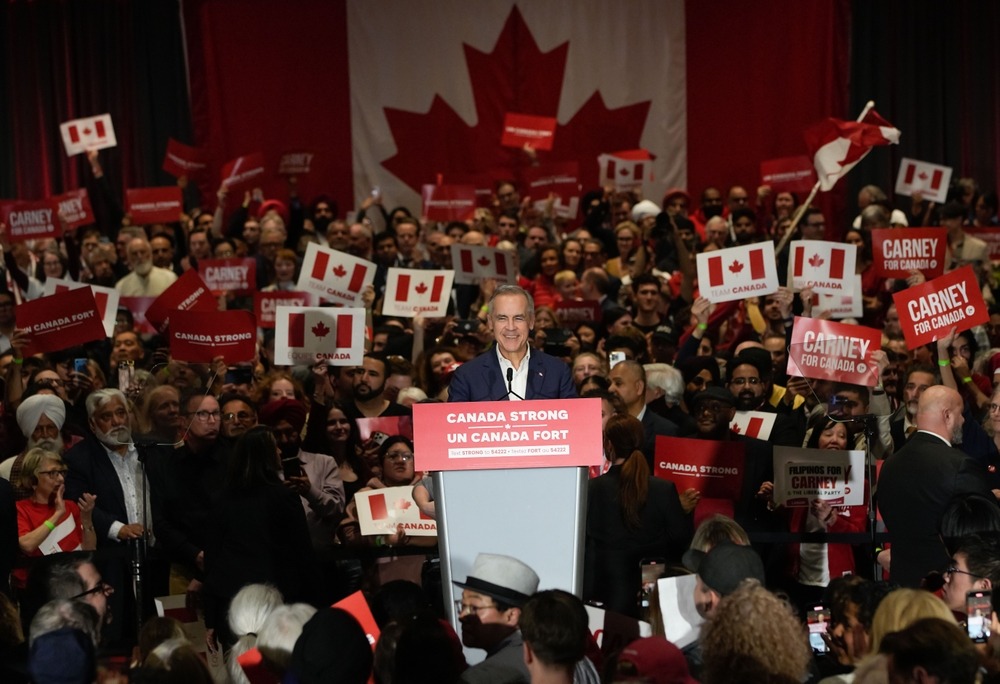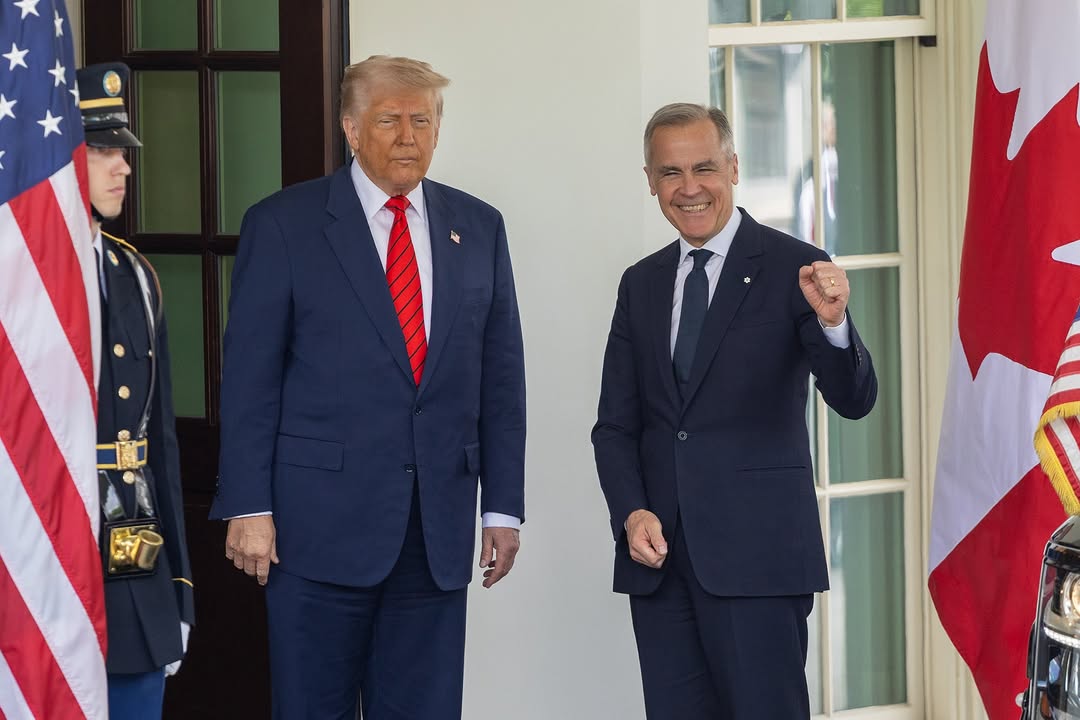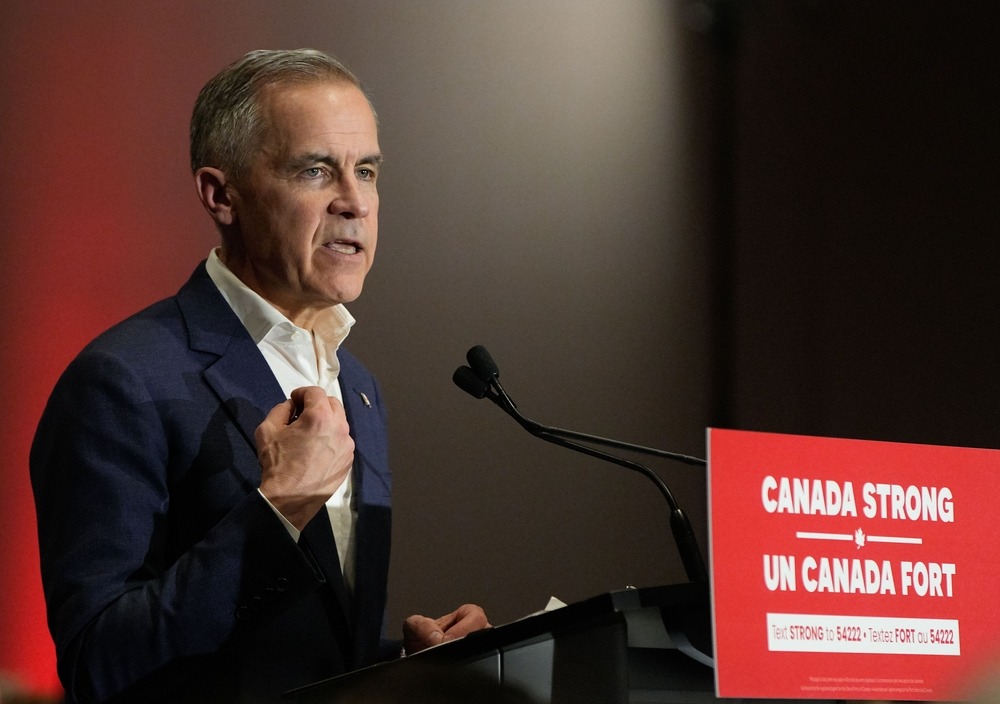Will Mark Carney Deliver on Canada’s NATO Promise—or Just Talk Tank?
Prime Minister Mark Carney this week announced that Canada will meet NATO’s 2 % of GDP defense spending target in 2025, five years ahead of schedule. He expects a C$9.3 billion (about US$6.8 billion) boost to purchases in submarines, aircraft, and Arctic monitoring systems—a move the Financial Times described as Canada moving from laggard to military serious-league member. But analysts say executing this plan will strain Ottawa’s budget and industrial capacity.
How Much Is Canada Supposed to Contribute to NATO?
NATO guidelines require each member to allocate at least 2 % of GDP to defense. For Canada, that means jumping from 1.3 % today to 2 % of its roughly USD 2.5 trillion economy—an increase in defense spending of about USD 5 billion annually . Ottawa’s new pledge closes the gap immediately and addresses longstanding criticism about its defense role.
Related: The Canada-US Tax Treaty: A Guide to Smarter Cross-Border Taxes in 2025
Related: Cory Booker's Net Worth In 2025: The Record Breaking Senator
What Is the 2 % Rule of NATO?
The 2 % rule sets a minimum defense-spending benchmark tied to GDP. It's a collective standard, not a legal obligation. NATO members like Poland and Greece exceed it; others lag. The Independent notes it forms part of peer pressure and U.S. insistence—especially after Donald Trump’s call for a possible 5 % benchmark . Carney has also flagged a second tier of 1.5 % tied to investments in infrastructure and resilience—a total of around 3.5 % if fully adopted .

What Does NATO Do for Canada?
NATO offers Canada access to collective security in the Arctic, financing for joint research, and interoperability with U.S. forces. As the BBC has reported, Arctic thaw and Russian activity over the North Pole escalate regional risks. Canada buys fewer weapons directly from the U.S., and NATO membership eases integration with European defense procurement and intelligence‐sharing networks.
Can Carney Fulfil the Promise?
Meeting the 2 % target needs more than spending: defense procurement must be retooled. Financial Times has flagged Canada’s outdated industrial base—only one operational submarine and half of land vehicles unserviceable according to AP News. The government intends to source more equipment locally and team with Europe to cut U.S. reliance—a move The Independent calls a “slow realignment” . Yet budget timelines and legislative buy-in remain hurdles. Opposition parties want firm budget plans before fall.

Conclusion
Mark Carney has set a high bar, but the skepticism isn’t unwarranted. Canada has repeatedly fallen short of NATO’s 2% defense spending benchmark, and past governments—regardless of party—have made similar promises only to delay or dilute them. Carney's timing raises questions. With rising pressure from Washington and the looming specter of Donald Trump possibly returning to the White House, his pledge feels reactive rather than strategic. There's concern this move is less about long-term Canadian defense planning and more a political maneuver to appease allies and blunt Trump's predictable criticism.














